
3.3 Use Teaching Strategies
This area covers both what strategies you know, whether you can apply them to the correct context, and whether you can actually implement them or not.

3.2 Plan, Structure and Sequence Learning Programs
Creating a quality scope and sequence balances your students’ needs. You’ll need to ensure they have the foundation to extend themselves in the future.

3.1 Establish Challenging Learning Goals
Developing learning goals for your students at the right level for them is a real skill. It takes some time, training and practice to get the balance right.
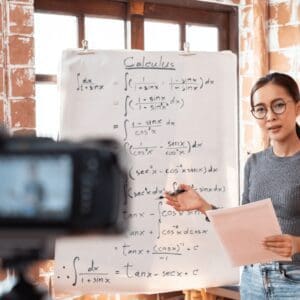
2.6 Information and Communication Technology
A wide range of digital platforms are available for teachers to use that can support student learning and enable teachers to track student progress easily.
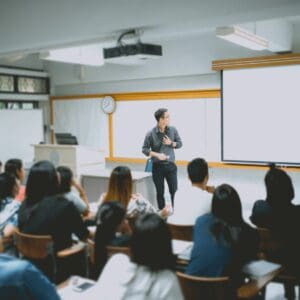
2.5 Literacy and numeracy strategies
It is important to remember that improving literacy and numeracy is every teacher’s job, not only the English and Maths teachers.
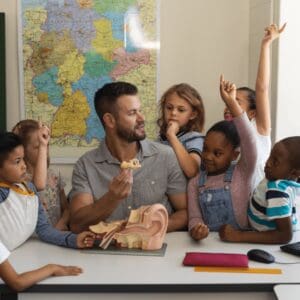
2.4 Understand and respect Aboriginal and Torres Strait Islander people
This is a key priority for schools across Australia and so is embedded in our professional standards, as well as our Australian Curriculum.

2.3 Curriculum, assessment and reporting
The descriptors under this focus area talk about learning programs, but the core of this focus area is how you build assessment into your teaching.
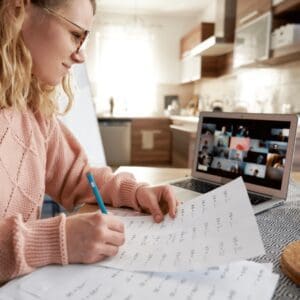
2.2 Content selection and organisation
Knowing how to structure and sequence a learning program is an important skill for a teacher and can greatly impact the efficacy of their teaching.
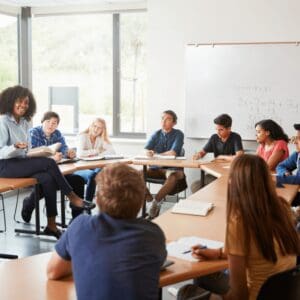
2.1 Content and teaching strategies of the teaching area
As a teacher, you need to understand the content you are teaching well enough to foresee the obstacles your students will face and plan accordingly.

1.6 Strategies to support full participation of students with disability
This descriptor specifies adjustments beyond differentiation, such as accessibility, supporting full participation and adhering to legislative requirements.
